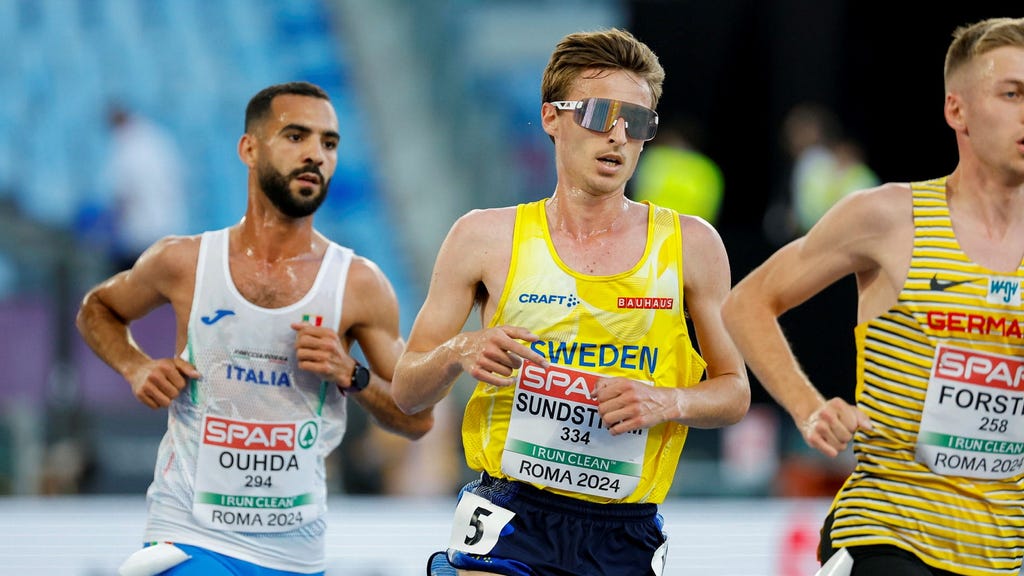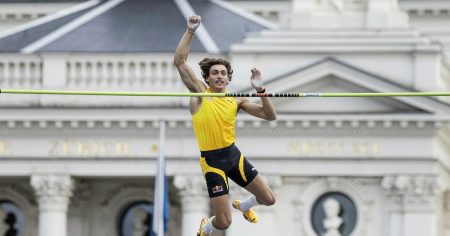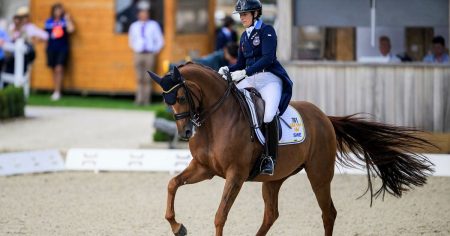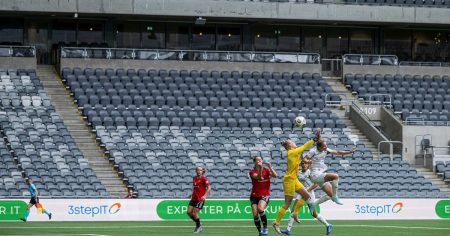Simon Sundström, a steeplechase specialist representing Djurgården, etched his name into Swedish athletics history during the indoor meet in Ghent, Belgium. His stunning time of 7:48.19 in the 3000 meters ranks as the second-fastest ever recorded by a Swedish athlete, marking an auspicious start to his season and signaling a potential breakthrough year. This remarkable achievement not only underscores Sundström’s individual prowess but also highlights the strength and depth of Swedish distance running. His performance resonates within the broader context of Swedish athletics, inspiring fellow athletes and generating excitement for future competitions.
Sundström’s performance in Ghent represents a significant leap forward in his career. While primarily known for his accomplishments in the steeplechase, this result demonstrates his versatility and capacity to excel in other distance events. The 3000 meters indoor race, though lacking the water jumps and barriers of his specialized discipline, requires similar endurance, speed, and tactical acumen. By achieving such a competitive time, Sundström has proven his ability to translate his steeplechase skills to the flat track, expanding his potential and opening up new avenues for future success. This versatility is a valuable asset for any distance runner, allowing for a more diverse training regimen and a wider range of competitive opportunities.
The significance of Sundström’s time of 7:48.19 becomes even more apparent when considered within the historical context of Swedish distance running. To achieve the second-fastest time ever recorded by a Swedish athlete in this event places him in an elite group, alongside some of the nation’s most celebrated runners. This achievement not only validates years of dedicated training and unwavering commitment but also serves as a testament to the continued evolution and advancement of Swedish athletics. It underscores the effectiveness of training programs, coaching expertise, and the overall support system available to athletes within the country.
Beyond the individual accomplishment, Sundström’s performance carries broader implications for Swedish athletics as a whole. His success serves as a source of inspiration for aspiring runners, demonstrating the potential for national and international recognition through hard work and dedication. It also highlights the strength and depth of Swedish distance running, indicating a healthy pipeline of talent and a competitive landscape that fosters growth and development. This positive momentum can create a ripple effect, encouraging other athletes to strive for excellence and contributing to a culture of achievement within the sport.
Looking ahead, Sundström’s impressive start to the season sets the stage for what could be a breakthrough year. With the outdoor season approaching, he will have the opportunity to further refine his form and challenge himself against top-level competition. His success in the indoor 3000 meters provides a strong foundation for the upcoming steeplechase season, suggesting that he is in peak physical and mental condition. His performance in Ghent has undoubtedly raised expectations, both within Sweden and on the international stage, and it will be fascinating to witness his progress throughout the year.
The potential impact of Sundström’s achievement extends beyond the track. His success can generate increased interest in athletics within Sweden, attracting new fans and sponsors to the sport. This heightened visibility can lead to greater investment in training facilities, coaching programs, and athlete support, creating a positive feedback loop that further strengthens the sport’s foundation. Furthermore, Sundström’s story can serve as an inspiration to young athletes, demonstrating the rewards of perseverance, dedication, and a commitment to excellence. His performance in Ghent was not just a personal triumph; it was a victory for Swedish athletics as a whole, signaling a bright future for the sport and inspiring a new generation of runners.














